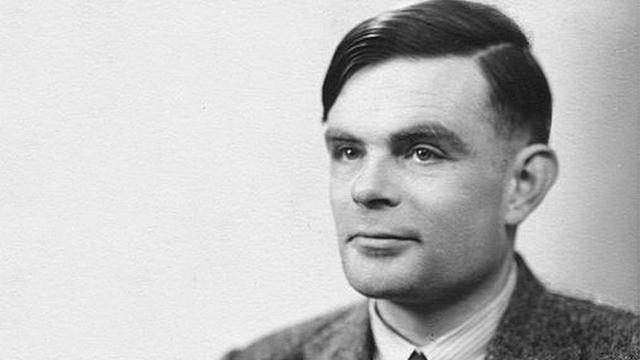
The imitation game, the namesake of the movie, is the ability for a robot to imitate human thought. It isn’t a question of whether artificial intelligence can one day come to think as humans do but whether or not humans can create artificial intelligence that can output thought that is indistinguishable from a human.
Alan Turing was a brilliant mathematician and professor living in early 20th century England. He had a strong interest in cryptology and began working on the case of cracking the Nazi code machine in the early 1900s. Turing, played by Benedict Cumberbatch, was a prideful person and preferred working on solving the problem of Enigma on his own, making few friends amongst the other cryptologists working in the service of the Allies. He realized that in order to solve the encoded messages the Nazis sent, more than man power would be required. A machine is needed to fight a machine. So he set about designing a machine that would be able to crack the Nazi code.
As much a biography as well as a dramatic and revealing portrait of a once clandestine operation undertaken by the British during the war, the project of solving Enigma is treated as more of a story on who Turing was and how his mind worked. The mind is the closed off part of ourselves that no one else can access. There are psychological, physical, and numerous other named and unnamed methods of determining what goes on in the mind, but the truth remains a mystery. Our ability to communicate thoughts between one another is dependent on output. One form this output takes is through language. The language used by Turing’s character was careful and calculated and his highly logical method of communicating made reference to his idea of a machines capable of thought, in actuality, the imitation of thought.
This imitation of thought, of language being another level realizing a person’s mind, can be seen in the way the government handled the control of Nazi decryption. The process of decoding having been solved, the issue now was for how to use the information. Keeping the Allied movements limited so that the Nazi’s would not realize that they had solved Enigma was a hard task. There were lives that could be saved with the knowledge they had gained but choices had to be made as to which lives could be saved. In the same way that the knowledge the British now held was not revealed to the public at large, just as on the scale of the individual, knowledge is not publicly available. In this imitation game the secret nature of the mind is a key element to the success of the Allies’ operations.
Sometimes the normal way of communicating is not the ideal way in a given situation. In terms of the British intelligence, they limited the knowledge they shared with the public in order to save more lives. The way Turing communicated was limited socially compared to others but a lot of his limits were brought about by society and resulted in his medical castration and later contested suicide in the mid 20th century. The movie did not go into this specific detail but still, the weight of Alan Turing’s contributions to the war effort and the academic field we now know today as computer science are immense, and his final years and death hold the weight of injustice that is only now being recognized.

